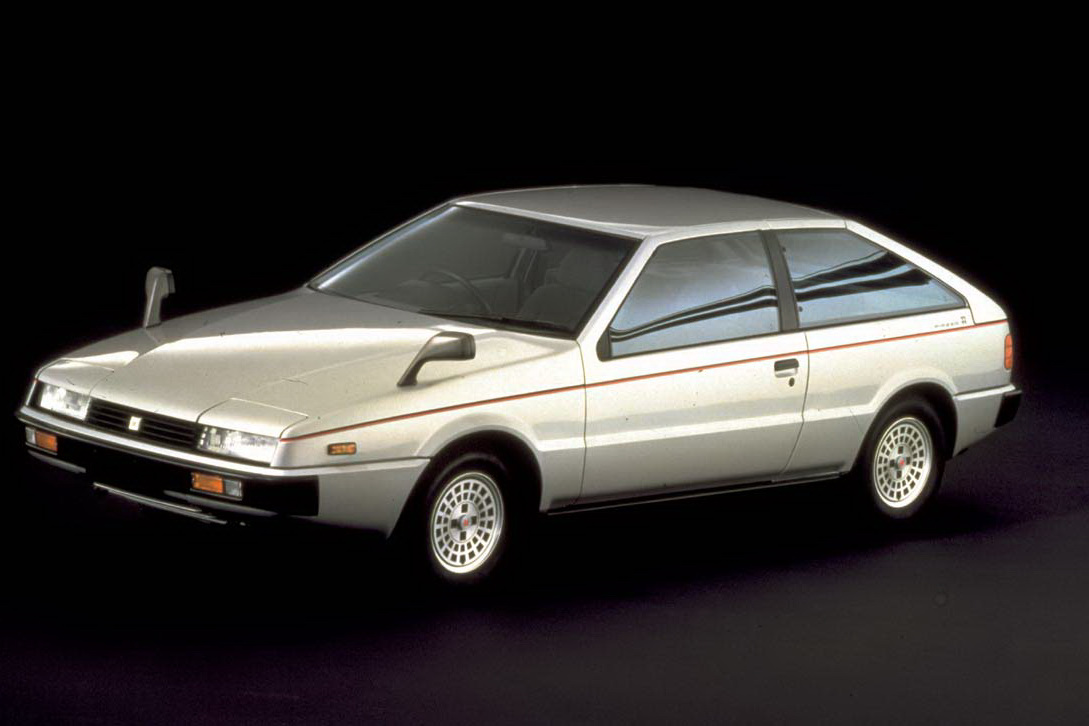Today, JDM culture is a religion in the car scene, and while names like Nissan, Mazda, Honda, and Toyota took center stage to popularize their legacy, there have been a few gems that never got the chance to shine.
Italian designer Giorgetto Giugiaro’s knack for creating stunning designs had many manufacturers inviting him over to come up with something spectacular for them. And Giugiaro’s work was present in some attainable yet sporty creations such as the VW Scirocco. After a successful first-generation, VW turned to Giugiaro for an equally impressive successor, but a fallout led both parties to part ways before it came to life. So Giugiaro had to find someone to implement his design, and General Motors was more than willing to do it.
Read: Oletha Coupe Comes With A Fixed Top And A 450+ HP E92 M3 Engine And Looks Like A Z8
Not much later, the plan was ready. GM would use their Chevy Chevette chassis as a base for Giugiaro to implement his design, and it would be introduced by Isuzu as an Italian-designed Japanese sports car to the U.S market. It was called the Impulse, or the Piazza outside of North America. Now, the formula that GM and Giugiaro had come up with seemed perfect on paper, but it may also be the very reason the Impulse wasn’t so successful. The Italian was adamant that the Impulse should be something completely unconventional in its segment, but U.S buyers were reluctant to change. This need to stand out also meant that the Impulse was priced much higher than some of its established competitors, and to the average buyer at the time, it just didn’t make sense.
According to Paul Kramer, his 1987 Impulse RS was a car made to attract a feminine clientele, and apart from some icons on the dash that give this away, the entire car itself is tamer than the average sports car. The Impulse RS was meant to deliver a perfect blend of comfort and performance. With a 2.0-liter turbocharged engine and a power output of 140 hp, the Impulse wasn’t exactly a speed demon, and it’s hard to imagine the chassis matched those dynamic looks.
Watch: Is The Dino 308 GT4 Still Worth Loving? Magnus Walker Thinks So
But Kramer claims that the Impulse draws more attention at car meets than most million-dollar supercars of this era, and it isn’t exactly surprising, because the chances of seeing an Impulse during your regular commute are incredibly low.
As Magnus Walker from Hagerty directs the Impulse around the twisty roads of a scenic route, he admits that the car doesn’t offer too much in terms of sports car performance, but owning a car of this nature isn’t about being fast — it’s about being different. For Walker, the Impulse is “not about a need for speed, it’s about style”. And how much more stylish can you be when you’re probably always going to be the only one who shows up at a cars and coffee in an Impulse?





